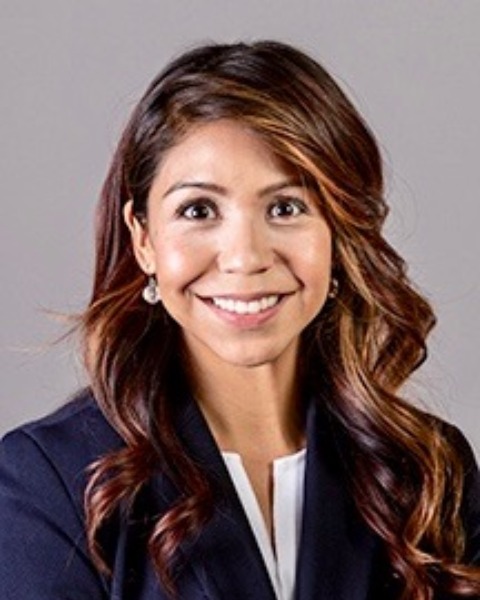Academic Education (AE)
(PP202) Development of Novel AuD Curriculum: Spiraling Into a New Way of Learning

Amanda I. Rodriguez, AuD, PhD
Assistant Professor
University of Nebraska- Lincoln
Lincoln, Nebraska, United States- HD
Hannah A. Ditmars, AuD
Assistant Professor of Practice
University of Nebraska - Lincoln
Lincoln, Nebraska, United States
Presenter(s)
Lead Presenter(s)
Backwards design was used to develop a spiral curriculum for the University of Nebraska-Lincoln’s Au.D. program. Rationale for the spiral design was to better monitor student progress, encourage student synthesis of information across topics while building complexity, and to integrate didactic, simulated, and clinical learning. The model allows early remediation to improve student performance and improves faculty integration allowing for cross-teaching. This novel curriculum is also more consistent with other health professional doctoral programs which may improve recruitment and diversity audiology. The project describes development of the spiral curriculum model to meet competencies and skills of an accredited Au.D. program.
Summary:
Introduction: We proposed a change in the Doctor of Audiology (AuD) curriculum to move towards a spiral curriculum model and away from a traditional curriculum model. Traditionally, graduate students register for three to four separate courses each semester that meet multiple times throughout the week. Often, within a course, students are expected to learn fundamental to advanced topics in a single semester. Topics can also overlap with courses not necessarily taken all in the same semester. Thus, students are expected to retain that information and make connections on their own as they progress throughout their program. There are constraints to this traditional model in that having separate courses does not allow students to build and synthesize on knowledge, rather they are presented information in silo areas, and truncate their knowledge respectively. Also, while students are exposed to clinical experiences each semester, the didactic information they are receiving in class does not always match their clinical experiences at that time. Thus, it becomes difficult for them to interact with or translate the things they are learning in the classroom to real-life applications. Comparatively, in a spiral curriculum model, students register for a spiral of credit hours (e.g., Fall semester, Spiral I: Introduction to Adult Auditory Function, Assessment, and Rehabilitation = 9 credit hours) for each semester of their Au.D. program and receive hands-on or simulation to facilitate didactic knowledge and comfort in clinical skill outside of patient interaction, alone.
Methods/Approach: A backwards design approach was taken. First, we identified the audiology standards, knowledge, and skills to guide program outcomes. Second, faculty members discussed expectations for clinical skill levels starting with graduation and then working backwards by semester. Course topics were determined based on the necessary clinical knowledge and skills for students to succeed each semester. Additionally, topics previously covered in separate courses are presented in an integrated manner to allow students to 1) bridge scientific bases with clinical application, and 2) build comprehensive knowledge from foundation to advance across program years, not just within a single semester. To achieve this, our spiral curriculum model combines learning methods of lecture, problem-based learning, laboratory simulation, and early and in-depth clinical experiences. Specifically, students are in the classroom for 6 hours one day a week (engaging in learning methods described above), attend a weekly program-wide seminar for 1.5 hours, and engage in 3 credit hours of clinical practicum.
Results: Preliminary results of subjective student perceptions of the curriculum will be presented. Additionally, objective knowledge outcomes will be presented in comparison to previous cohorts who did not receive the spiral curriculum. Faculty perceptions on success and limitations of the new curriculum model will also be reviewed.
Conclusion: The overall goal of the spiral model is for the student to integrate knowledge and skills throughout their Au.D. program, building upon a foundation of prior learning while providing a level-appropriate and well-synchronized introduction of new content. We believe the spiral system mimics the real world where students will be expected to perform well in their respective careers.
Learning Objectives:
- Identify limitations of the traditional curriculum model of topic specific courses, define backwards design and spiral curriculum and apply the medical model of learning to an Au.D. Program
